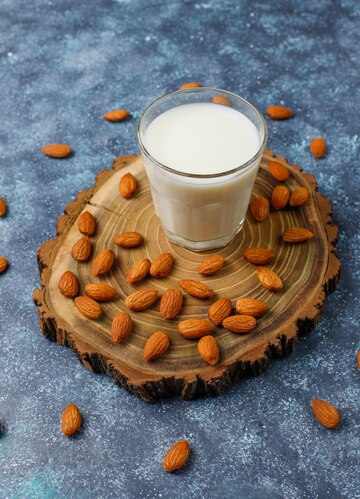The Timeless Allure of Milḫu
In a world increasingly fascinated by superfoods and ancient grains, milḫu stands out for its rich history and impressive versatility. This blog post dives into the origins, health benefits, modern uses, and environmental impact of milḫu, providing a comprehensive guide for those eager to incorporate this ancient grain into their lifestyle. Whether you’re a food enthusiast, a health nut, or someone interested in sustainable living, this guide will enlighten and inspire you.
Rediscovering Milḫu’s Historical Roots
Milḫu has been a staple in various cultures for centuries. Originating from ancient civilizations, this grain was known for its resilience and nutritional value. Evidence suggests that milḫu was cultivated extensively in regions like Mesopotamia and the Indus Valley, where it formed a crucial part of the local diet. Historical texts and archaeological findings reveal that milḫu was often used in ceremonial feasts and as a trade commodity, underlining its significance.
The grain’s hardiness made it an ideal crop for early agricultural societies, able to withstand harsh climates and poor soil conditions. This resilience ensured its spread across continents, where it adapted to new environments and became an integral part of diverse culinary traditions.
Milḫu in the Modern World
Today, milḫu is experiencing a resurgence as people seek healthier and more sustainable food options. The grain’s evolution from an ancient staple to a modern superfood highlights its enduring appeal. Contemporary chefs and home cooks alike are rediscovering milḫu’s versatility, incorporating it into both traditional dishes and innovative recipes.
In various cultures around the world, milḫu is celebrated for its unique taste and texture. From Africa to Asia, this grain has found its way into salads, soups, and even desserts. Its ability to blend seamlessly with other ingredients makes it a favorite among culinary enthusiasts looking to experiment with new flavors.
Health and Nutritional Benefits of Milḫu
One of the primary reasons for milḫu’s growing popularity is its impressive nutritional profile. Rich in fiber, protein, and essential vitamins and minerals, milḫu offers numerous health benefits:
- Digestive Health: High fiber content aids in digestion and helps maintain a healthy gut.
- Heart Health: The grain’s low glycemic index and high antioxidant levels promote cardiovascular health.
- Weight Management: Protein and fiber contribute to a feeling of fullness, making milḫu an excellent choice for weight management.
In addition to these benefits, milḫu is also gluten-free, making it a suitable option for those with gluten sensitivities or celiac disease. Its nutrient density ensures that even small servings provide substantial health benefits, supporting overall well-being.
Culinary Delights with Milḫu
Milḫu’s versatility shines in the kitchen, where it can be used in a variety of dishes. Here are a few ways to incorporate this ancient grain into your meals:
Milḫu Salad
A refreshing and nutritious option, milḫu salad combines the grain with fresh vegetables, herbs, and a tangy dressing. Add some chickpeas or grilled chicken for extra protein.
Milḫu Porridge
Perfect for breakfast, milḫu porridge is a warm and comforting dish. Cook the grain with milk or a dairy-free alternative, and top with fruits, nuts, and a drizzle of honey for a delicious start to your day.
Milḫu Soup
Milḫu adds a delightful texture to soups. Whether it’s a hearty vegetable soup or a spicy lentil stew, this grain enhances the flavor and nutritional value of your meal.
These are just a few examples of how milḫu can be used in cooking. Its neutral taste makes it a versatile ingredient that can be paired with a wide range of flavors, from savory to sweet.

Sustainability and Milḫu Production
In an era where sustainability is paramount, milḫu stands out for its environmentally friendly cultivation practices. The grain’s resilience means it requires less water and fewer chemical inputs compared to other crops. This makes it a sustainable choice for farmers looking to reduce their environmental impact.
Furthermore, milḫu’s ability to grow in poor soil conditions means it can be cultivated in regions where other crops might fail. This not only supports local food security but also encourages the use of marginal lands, reducing the pressure on prime agricultural areas.
By choosing milḫu, consumers can contribute to a more sustainable food system. Supporting farmers who grow this ancient grain helps promote biodiversity and reduce the environmental footprint of our food choices.
The Future of Milḫu
The future looks bright for milḫu as more people discover its many benefits. With its rich history, impressive nutritional profile, and sustainability credentials, this ancient grain is poised to become a staple in modern kitchens. By embracing milḫu, we not only honor an ancient tradition but also take a step towards a healthier and more sustainable future.

